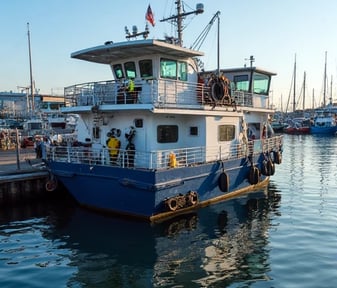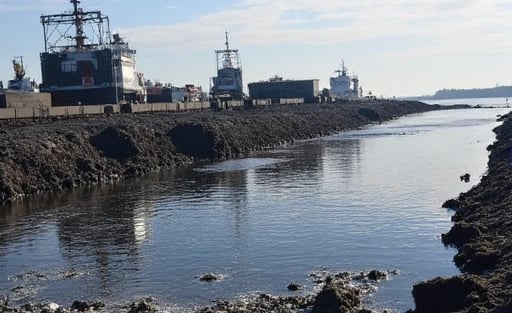Model Training Services
We specialize in training deep learning models for plastic pollution identification and analysis.


Data Collection Stage
Collecting and preprocessing ocean images and data from various sources for analysis.
Model Construction
Building and training deep learning models to optimize plastic pollution detection capabilities.
System Integration
Integrating trained models with decision algorithms for effective ocean cleanup solutions.

Theresearchdesignwillbedividedintofourmainstages.Thefirststageisdata
collectionandpreprocessing.WewilluseAPIstoobtainoceanimagesandrelateddata
frommultiplesourcessuchassatelliteimages,UAVaerialphotography,andmarine
monitoringbuoys.Then,wewillcleanandannotatethesedatatobuildahigh-quality
plasticpollutiondataset.Thesecondstageismodelconstructionandtraining.Based
onOpenAI'sAPI,wewillselectappropriatedeeplearningmodels,suchasconvolutional
neuralnetworks(CNNs),andtrainthemforthetaskofplasticpollutionidentification,
optimizingthemodelperformancebycontinuouslyadjustingparameters.Thethirdstage
issystemintegrationandtesting.


testing.Wewillintegratethetrainedmodelwiththecleanup
decisionalgorithmintoasystem,andusesimulateddataanddatafromactualpilot
seaareastotestthesystemandevaluateitsvariousperformanceindicators.Thefourth
stageispracticalapplicationandlong-termmonitoring.Wewilldeploythissystem
inselectedmarineareasforlong-termplasticpollutionmonitoringandcleanup
decisionsupport,andregularlycollectdataontheactualcleanupeffect,compareand
analyzethesystemoutputresultswiththeactualsituation,andcontinuouslyimprove
thesystem.

